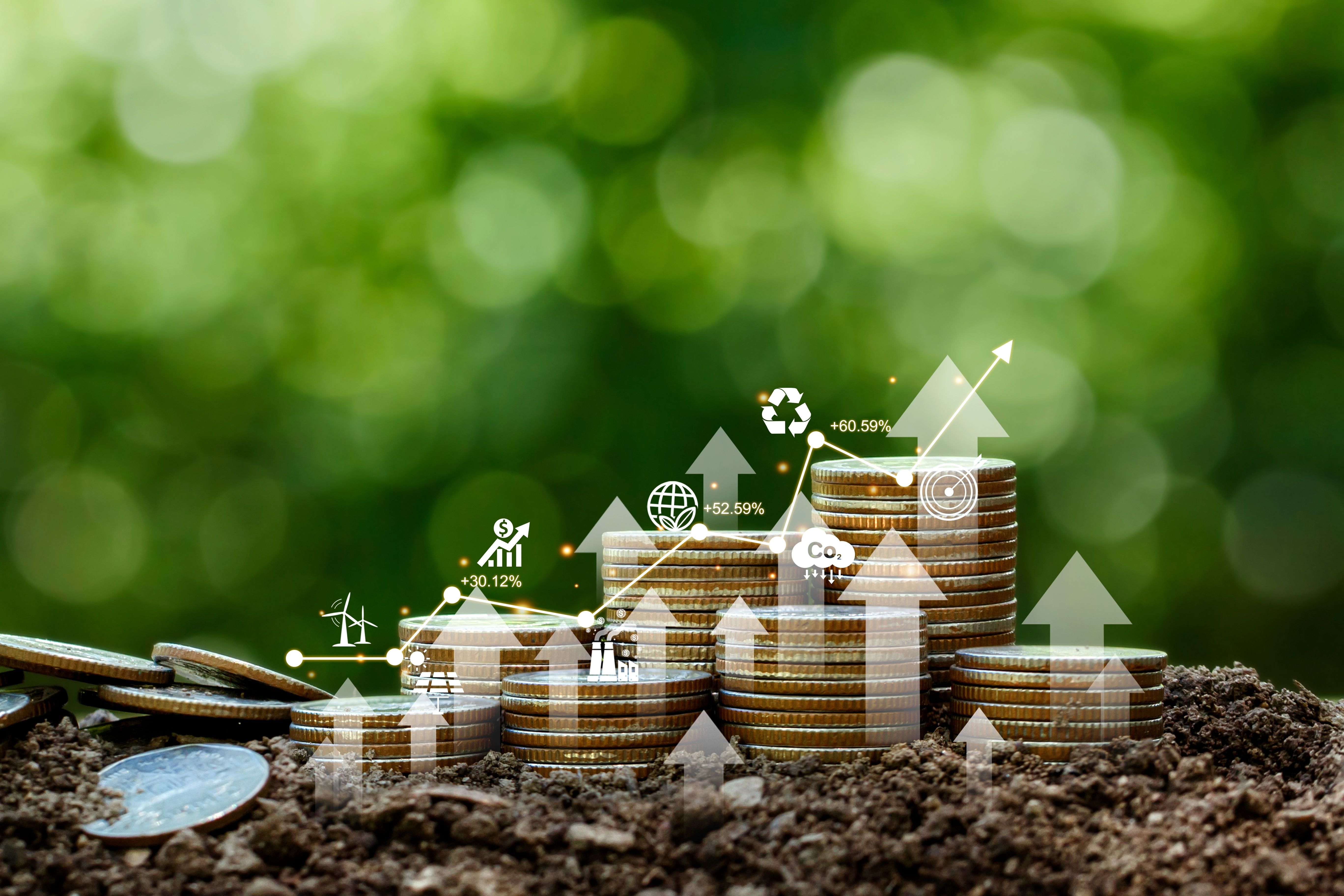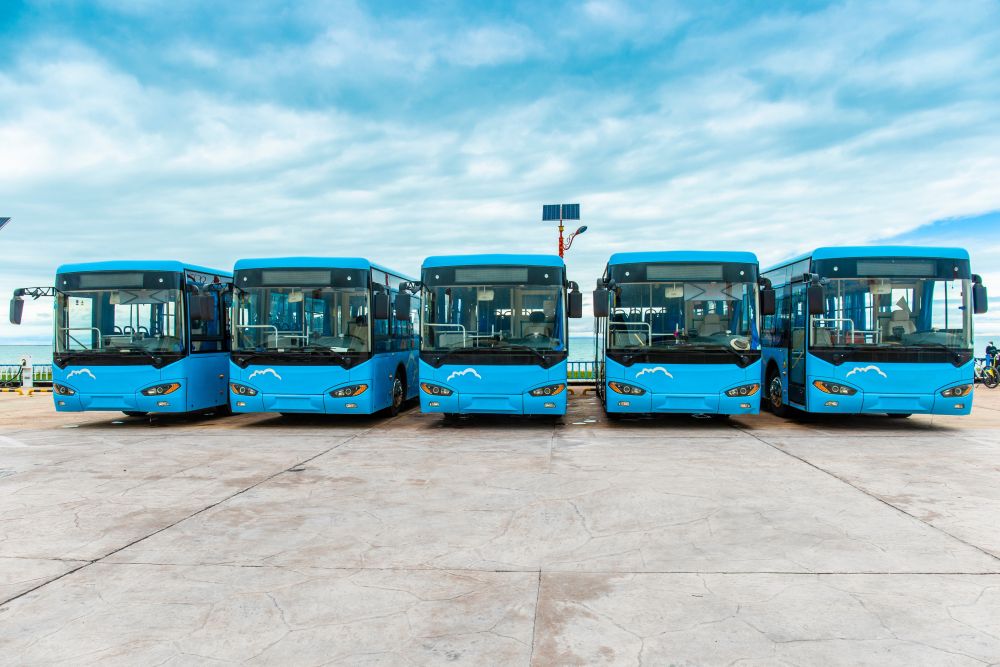Southeast Asian countries can meet their growing energy demand with renewables and cut 75% of their energy-related carbon-dioxide emissions by 2050, or half of the region’s current emissions, while cutting their energy and health- and environment-related costs significantly, according to a recent report.
To reach these bold emission targets, countries in the Association of Southeast Asian Nations (Asean) region must almost triple their investment in renewables from current levels, states the report published by the International Renewable Energy Agency (Irena).
Such a level of investment, estimated to total over US$6 trillion cumulatively to 2050, will offer significant opportunities for investors, particularly in areas like renewable power, transmission, biofuels, energy efficiency, hydrogen and electromobility.
Building on the political momentum for environmental change in the Asean region, countries could also reduce their energy costs by as much as US$160 billion between now and 2050. And overall, the avoidance of costs related to health and environmental damage caused by fossil fuels would bring potential savings of up to US$1.5 trillion cumulatively to 2050.
“With its massive renewable potential, Southeast Asia stands at a historic crossroad between moving away from fossil fuels and towards a renewable energy transition that meets the region’s economic growth and rising energy demand,” says Irena’s director-general Francesco La Camera.
Black to green
“Coal retirement, coupled with renewables and regional grid interconnection, is an indispensable step to aligning with net-zero targets,” La Camera adds. “Half of Asean members have signed up to international efforts to end coal in the power sector. Climate commitments require concerted and accelerated action that must begin now to have a hope of success.”
A serious issue though is that Asean is currently home to one of the youngest coal power plant fleets in the world; and, therefore, planning the transition to renewable energy will have to start now if the region’s ambitious climate goals, with coal power substitution as a top priority, are to be met.
With renewables the cheapest power option in much of Southeast Asia, the Irena report points out that renewable capacity additions can be cost-effectively increased by up to 40% of total power capacity by 2030, compared with one-quarter today. This equates around 300 gigawatts of new renewable capacity installations, most of it solar and wind.
And, while the ramping up of the use of renewables in national energy combinations requires significant investment, the energy agency highlighted that overall costs will be balanced by substantial savings on supply and fuel costs.








